When I needed a realistically priced utility deck for my new studio office, I turned to the Technics SL1500C. Designed to sit alongside the ubiquitous SL1200 models, the 1500C sports all the performance you’d expect from Technics with a stripped-down feature-set and user-friendly design.
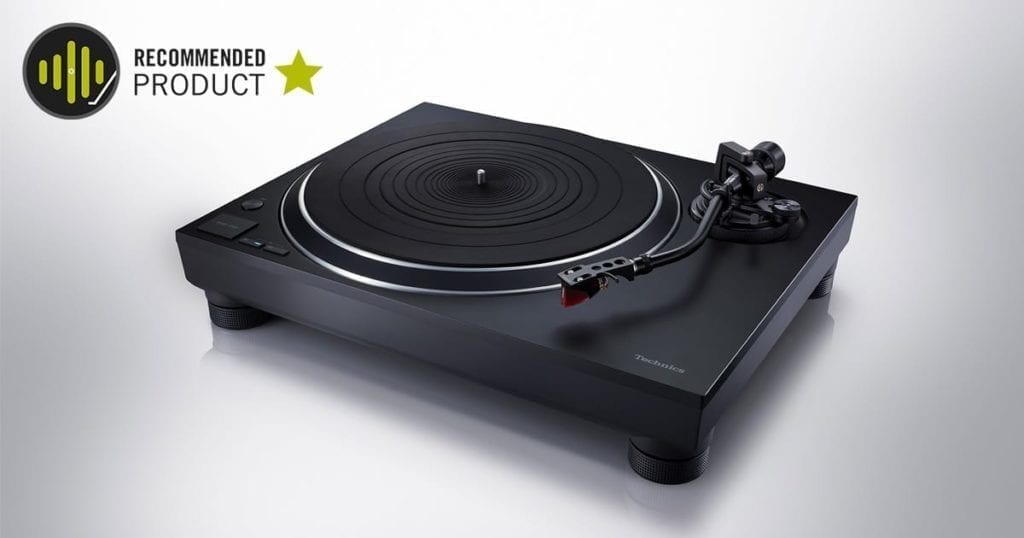
The Technics SL1200 series is considered a classic across the DJ circuit as a long-running success story from 1972 until 2010 when production stopped. But not for long, when in 2016, a phoenix rose from the ashes as Panasonic resumed production under the Technics name.
At first glance, the SL1500C looks very similar to the classic 1200 series. It has the familiar S-Shaped tonearm, the easy-fit DJ style headshell, and the convenience of the same speed control buttons with a large stop/start button. However, several other features are noticeably absent, including pitch control, the stylus light, and the strobe.
In essence, all the unnecessary DJ-centric features are removed. Consider this the livingroom friendly, audiophile offering, inspired by the classic SL1200.
So that’s the premise, what else is in store?….
Thanks to years of development spanning back to the SL-1200 Series and the high-end SL-1000R model, this minimalist version of its closely related cousins still features the latest coreless direct-drive motor that delivers Technics famously stable rotation. The motor drives an aluminum platter that is fully damped from the underside and has enough mass to eliminate any rotation irregularity (referred to as cogging).
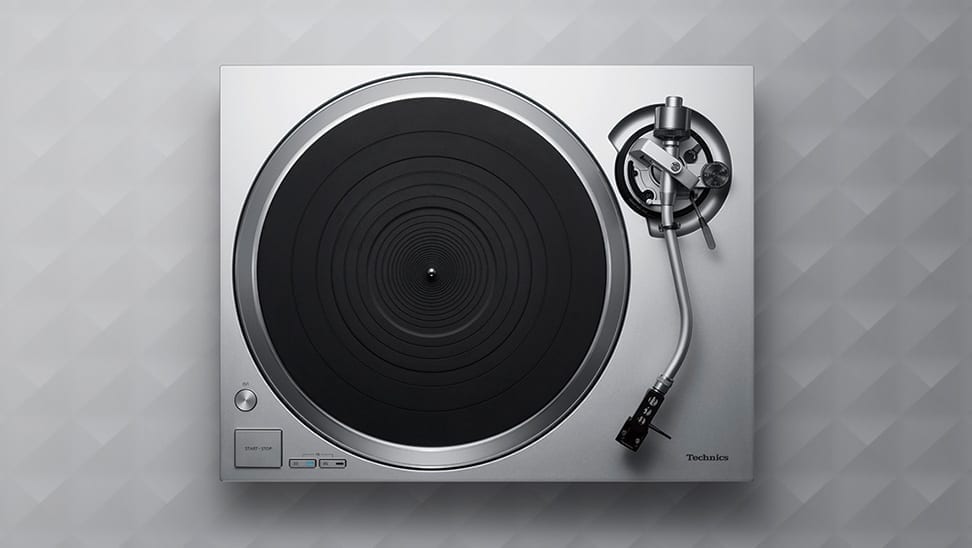
The Technics SL1200 is famed for its durability, particularly in the overall chassis, which had to withstand the abuse of DJs hurling decks around from venue-to-venue. The 1500C is no different thanks to its dual-layer construction of die-cast aluminum and ABS (essentially a posh durable plastic) mixed with glass fiber. Of course, any resonance of such a durable body is kept in check thanks to a spring and rubber design.
Quite unusual for Technics is the inclusion of a built-in phono stage and a pre-fitted Ortofon 2MRed cartridge. Add into the mix an auto lift mechanism, and clearly, these points alone set this apart from its DJ cousins as a deck designed to appeal specifically to the HiFi market. Not everyone is a fan of built-in phono stages and auto lift, of course, but these are switchable from the rear.
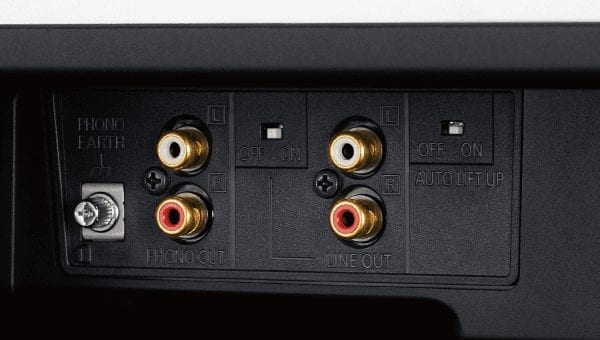
Also aimed directly at the vinyl audiophile market is the inclusion of a 78RPM rotation speed, which you can achieve by pressing the 33 and 45 RPM buttons together. For collectors and vinyl enthusiast, this function will undoubtedly appeal, as unlike its one-piece tonearm counterparts, the detachable headshell makes swapping to a mono 78 cartridge very simple and quick. This may not please purists who insist on the absolute rigidity of a single piece tonearm for its performance benefits, but it suits me down to the ground given I intend to regularly test and trial numerous different cartridges using this deck.
How Does it Sound?
I’m never one to use overly fluffy language when describing how a turntable sounds, but what I can say is the SL1500 is one of the best performing turntables I’ve heard at this price-point. I’ll use one of my other decks, the Pro-Ject X1, as a reference point. Both decks retail at around the same price, but are aimed at two very different users or applications.
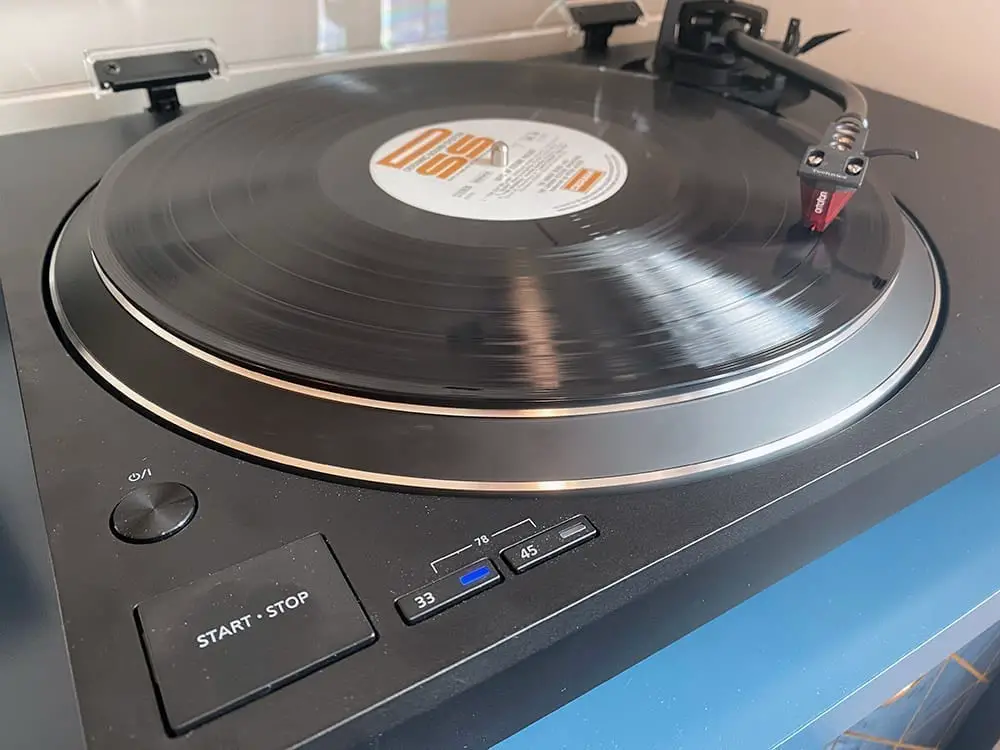
The Pro-Ject X1 is a mid-tier deck that will appeal to those with a more purist approach to their setup. Core features of the X1, such as the carbon-fiber tonearm and acrylic platter, make for an agile, dynamic performance where all the subtlety of a record shines through.
The SL1500 is an altogether different beast, but that doesn’t mean it lacks HiFi credibility. The pre-fitted Ortofon 2MRed delivers the overall tonal quality, and it’s a familiar-sounding cartridge that is well-balanced with a touch of warmth. It handles the overall dynamics and resolution with confidence, although discerning listeners will benefit from the simple 2M Blue upgrade, which noticeably improves the dynamics and frequency response.
For the listening test, I listened to Roxy Music’s Siren, Kasabian’s first album, and The Moody Blues Days of Future Passed. There’s plenty of weight and punch to the SL1500 and the overall depth and detail makes for an engaging listening experience. Kasabian’s first album is a great test of the low-end and depth due to the rich layers of synths combined with more organic instrument textures.
At this point, it’s worth noting just how good the built-in phono stage sounds, which helps to make this deck a superb choice for those looking to make a jump into vinyl without the fuss. You can always upgrade to an external pre-amp later, of course, but with such a great built-in option, it might be a while before you bother to part with your cash.
Next on the platter is The Moody Blues. The SL1500 handles the dynamic orchestral elements of this classic album with exceptional grace. As an earlier stereo record, there’s plenty of wide-panning to enjoy on this record, and the Technics deck presents the depth and width of the lush soundscapes in a way that draws you in from the moment the stylus hits the first note. I’ve often found this record can sound a tad muted and dark on some systems – not the case here. The overriding impression is lush, warm, and lively.
Lastly, Roxy Music. The rhythm section on the opening track ‘Love is the Drug’ takes center stage here. The low-end is tight and assertive, paired perfectly with a crisp hi-hat and simple, understated rhythm guitar that cuts through with confident swagger. It’s safe to say, the SL1500C gets into the groove.
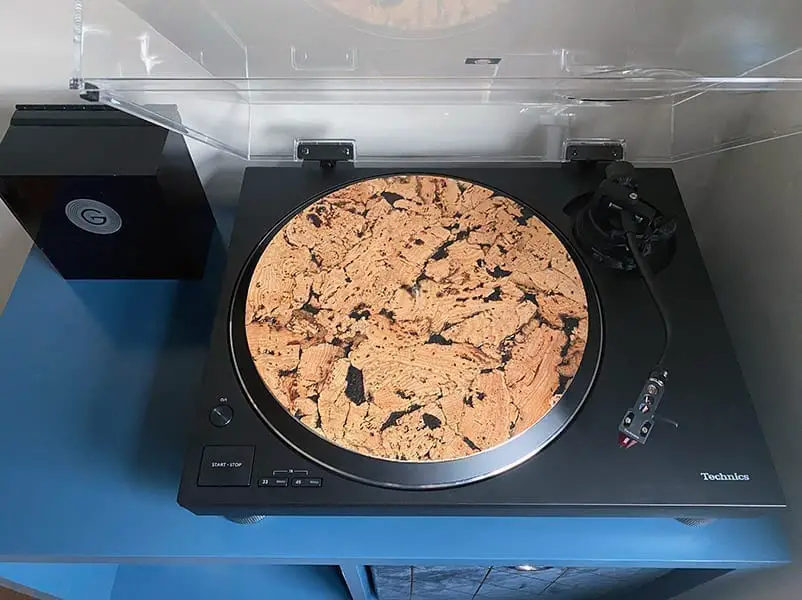
The Bottom Line
The Technics SL1500C now sits at the heart of my studio and office space. If you’re a purist audiophile, then you’ll probably prefer the simplicity and elegance of a deck like the Pro-Ject X1 or a Rega Planar 3. However, if that doesn’t appeal, then the SL1500C is a true performer with many advantages of its own. It sounds terrific, and there’s something very satisfying about playing records on this turntable; it’s simple to use, fuss-free, and easy to set up. The auto lift function is a handy addition, although you may want to adjust the sensitivity, as I found it can lift prematurely on some records where they’re cut closer to the center. The instructions explain how you can adjust the lifter, or you can simply switch it off at the back if you’d prefer a fully-manual operation.
Should the urge to tweak arise, then the performance can be improved further by swapping the thick rubber mat for a different material (each type of platter mat has pros and cons). This will help clear up the mid-range, which can feel a little congested with the stock rubber matt. Also, as mentioned, the 2M Blue stylus is another worthwhile upgrade. Luckily, the 2M Red and Blue share the same cartridge, so it’s a simple direct swap without the need to install and align a new cartridge.
Saying this, the detachable headshell makes cartridge swapping quick and easy when you have multiple headshells, so playing mono records and 78s becomes far more enjoyable. There’s also the ability to match different cartridges to different records and genres to optimize performance based on sonic-signature.
I’m enjoying every second of this deck, and while I prefer the X1 in my living room, the SL1500C will sit proudly in the studio for years to come.
Tested at $1199 (£899)
Further reading: Best turntables at any budget






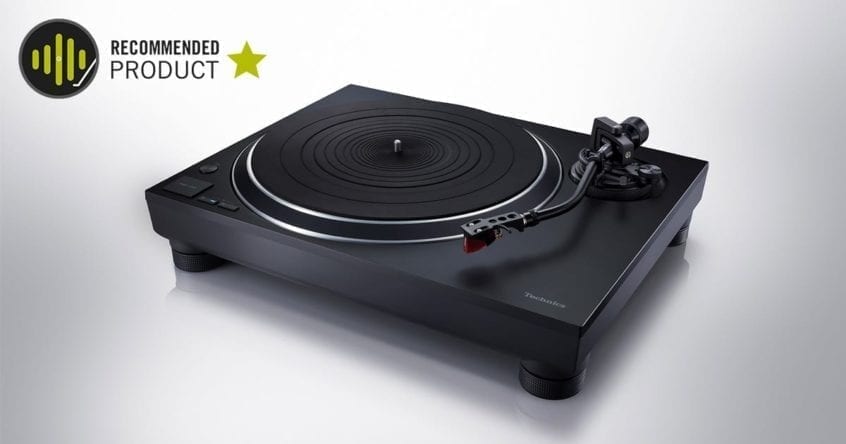


I see no need for a pitch control or strobe light. Using my Hudson strobe disk, the marks are rock stable on both 33 and 45, with sharp edges on the marks. My SL-1200M3D spun accurately, albeit slightly fuzzy mark edges that indicate some wow and flutter. Different story on 78 though, the 1500 is slow by a little over one mark on the disc after one minute. A minor error at 78 RPM, but worth noting.
Is the voltage switchable?
According to the specs, the unit will take between AC110 – 240v. Hope this helps.
I’d like one of these but there needs to be a stripped down version without the Ortofon Red and without the built-in phono preamp. Two things I’d never use and thus don’t want to pay for them. At this price point, I’d wager I’m not alone in that.
Correct Ringo. The inclusion of the phono preamp and cartridge has stopped me from buying this deck. I don’ t want them so why should I pay for them?
No pitch control?????? That’s not good! Panasonic is gonna destroy the legacy of Technics.
This was going to be my replacement turntable when my 40 year old Denon was DNR. I was on a waiting list for one, when I started reading the reviews on Crutchfield and other sites. There seems to be an issue with the auto stop, which if the reviews are accurate wasn’t dealt with well by Technics. I ended up going with a MoFi Studio Deck instead.
Ah, well the MoFi studio deck looks great too. The autolift has two settings that you can configure when putting the onboard computer to service mode.
By default it lifts too early if you have a record pressed closer to the center spinal. If you set it to the other position, it should fix this issue. You would think, however, that technics would default to the latter position when shipping the deck though. Thanks for sharing your experience and enjoy the music!